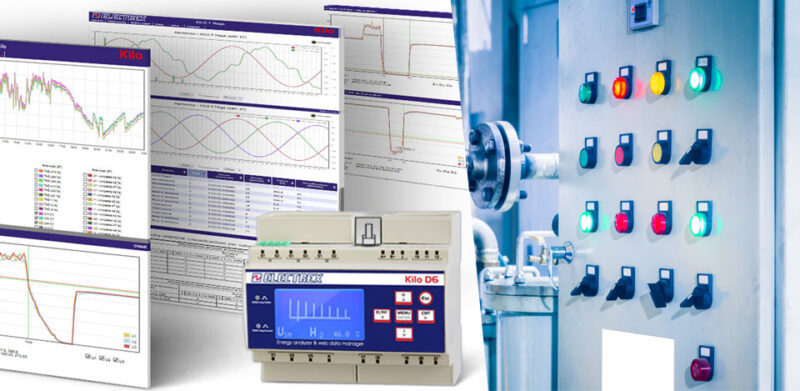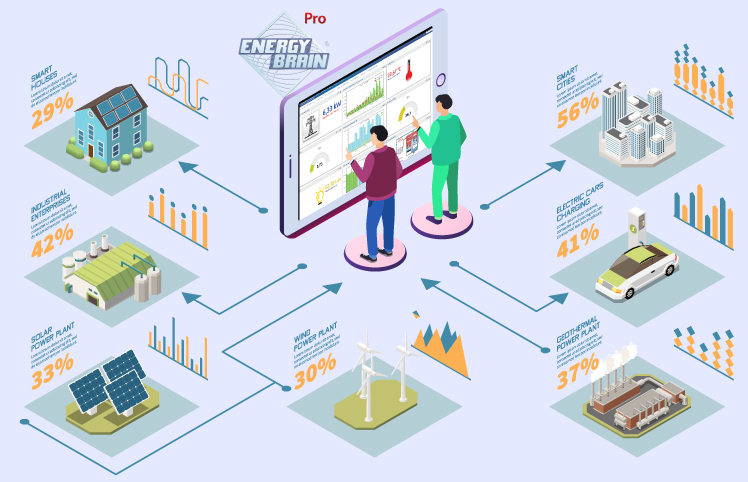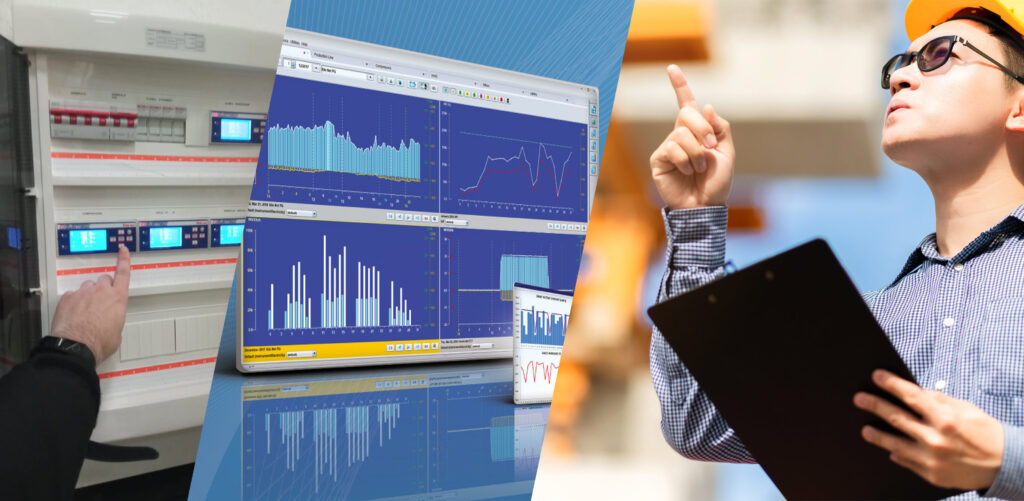What is reactive energy?
Reactive energy, also known as reactive power, is a type of electrical energy that is used to maintain the electromagnetic fields in alternating current (AC) circuits. It is called reactive energy because it does not perform useful work directly, but it is necessary for the operation of many electrical devices, such as motors, transformers, and fluorescent lights.
Reactive energy is produced and consumed by electrical devices that have inductive or capacitive components. Inductive components store energy in a magnetic field, while capacitive components store energy in an electric field. When the current flows through these components, the energy is transferred back and forth between the magnetic and electric fields.
This transfer of energy is called reactive power, and it is measured in units of Volt-Amperes Reactive (VAR).
Reactive energy is important to consider when designing and operating electrical systems because it can have a significant impact on the efficiency and quality of the power supply.
Types of reactive powers:
- Inductive reactive power: Motors, transformers and control gears are inductive loads.
- Capacitive reactive power: Capacitors in electronic equipment and long cables are capacitive loads.
- Harmonic reactive power: rectifiers (laptop power supplies, servers) and inverters in modern UPS and frequency inverters. The harmonic distortion creates extra power that is called harmonic reactive power (Qh).
Reactive power is not converted into useful energy and can consist of inductive, capacitive and harmonic reactive power or a combination of these.
Which are the consequences of a too high reactive power?
A high level of reactive power can have several consequences for an electrical system, including:
Penalties and claims: A high level of reactive power can lead to a fine from the grid operator. Too much reactive power leads to extra load for the operator. While in case of harmonic reactive power, the grid operator can file a claim if limits are surpassed.
Reduced power factor: The power factor is a measure of the efficiency of an electrical system. A high level of reactive power can reduce the power factor, which means that the system is less efficient and more energy is required to deliver the same amount of power.
Voltage drops: Reactive power causes voltage drops in electrical systems. This can lead to decreased efficiency and reliability of the electrical devices that are connected to the system.
Overheating: Reactive power can cause electrical devices to overheat, which can lead to damage and reduced lifespan of the devices.
Increased energy costs: High levels of reactive power can result in increased energy costs due to lower power factor and increased energy consumption.
Reduced system capacity: A high level of reactive power can reduce the capacity of an electrical system to deliver power to connected devices.




